How to properly remove cuticles on nails
Well-groomed hands mean not only smooth and soft skin, but also a flawless manicure, which can only be done by following all its main stages. One of them is the cuticle processing stage. This procedure can be performed in several ways, including at home. The choice of method depends on the girl’s skills and financial capabilities.
What is cuticle
It is a small skin growth at the base of the nail. It protects the body from infection with infectious and bacterial diseases. By covering the matrix area, it does not allow foreign bodies to penetrate under the plate.
The top layer of the cuticle dries and becomes rough over time, which affects its condition. That is why systematic removal of the peeling build-up, sometimes presented in the form of burrs, must be carried out. This procedure must be done carefully so as not to damage healthy skin, which should be constantly cared for with nourishing creams and oils.
What are the methods for removing cuticles?
To prevent the cuticle itself from becoming a source of inflammation due to damage to hangnails, it is necessary to remove it. You can do this in several ways:
- moving away;
- circumcision;
- dissolution.
Dead skin particles cling to the plate, which significantly slows down its growth and makes it lumpy and unsightly.
There are two types of removal of the keratinized layer of the cuticle: “European” and “classical”.
The first method is suitable for use at home, since it does not require specific skills, you only need to stock up on patience and time. It is produced using special liquids that dissolve rough skin particles.
The second method involves the use of manicure tools, with the help of which the skin is either cut out or pushed aside. High-quality cuticle removal using the “classical” method requires caution and skill from the master.
Features of the “classic” manicure
Trim the cuticle with scissors
The “classic” method of removing cuticles involves using nail scissors and tweezers. The procedure is performed according to the following plan:
- Prepare for use an orange stick, tweezers and small nail scissors.
- Before the procedure, you need to treat the instruments with hydrogen peroxide or chlorhexidine.
- It is necessary to wash your hands thoroughly. It would be a good idea to first use a bath based on sea salt; it is enough to hold your hands in it for 10-15 minutes. The cuticle will thus soften and be disinfected.
- You need to push back the cuticle with an orange stick, and then cut it evenly with scissors or tweezers. You need to remove cuticles from your nails with scissors very carefully and slowly.
- Apply nourishing cream to your hands.
How to remove cuticles with an orange stick
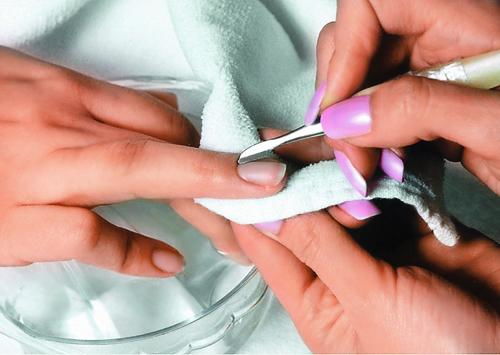
Remove cuticles with an orange stick
Many masters believe that removing the cuticle with scissors is harmful, since it subsequently begins to grow at an even faster rate. Also, the risks of contracting an infection are not commensurate with the results obtained. Therefore, they prefer removal methods based on special products.
If the cuticle is barely noticeable and thin, then you can only use an orange stick. To do this, you need to first hold your hands in the bath, then apply vegetable oil to the cuticle or a special cuticle oil, which can be purchased at a cosmetic store, and carefully, slowly, starting from the middle of the line, make moving movements in different directions alternately.
How to remove cuticles using gel remover
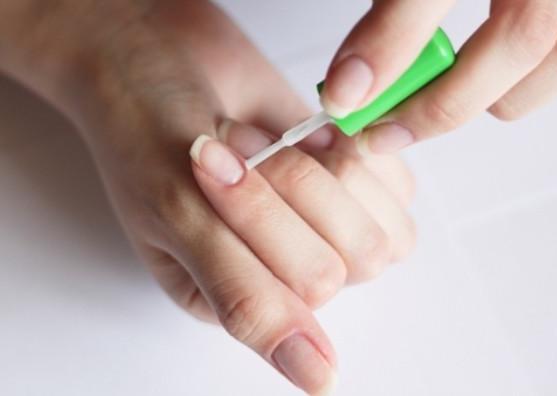
Apply remover to the cuticle
Remover is a product in the form of a liquid or gel. It is designed to dissolve cuticles. It contains active substances whose action is aimed at corroding the upper stratum corneum of the skin. You can buy it in stores for nail technicians.
The main advantage of this gel (spray) is safety; it cannot cause a wound or cut, or mechanical damage. Also, any girl who does not have the skills to use it can use it.
The preparatory stage of the procedure is identical to the “classic” manicure; it consists of using a bath. After this, you need to dry your hands and apply the gel to the skin at the base of the nail for a few seconds (the exact time is indicated on the package). You need to remove it with a paper napkin. The remnants of the cuticle are pushed back using an orange stick. After this, it will become noticeable that it has completely peeled off from the plate, so it is necessary to remove its remains from the plate with a stick. Then wash your hands and apply moisturizer or lotion.
Frequent use of remover can lead to destruction of the plate, its layering and thinning, since during the procedure the product gets not only on the cuticle, but also on the hole near the nail. Therefore, it is not recommended to use it more than once every one or two weeks.
Remover advantages:
- safety;
- inability to introduce infection or bacteria;
- minimizing mechanical damage;
- ease of use.
Remover belongs to the category of keratolics. It should not be used for skin diseases or fungal infections. Use during pregnancy should be extremely careful, it is necessary to monitor the body's reaction, allergies are possible.
Types of removers
All removers are divided into three types:
- Acidic. They are intended for professional use. They quickly dissolve cuticles and can cause severe damage to the nail if used frequently. Itching and redness may occur.
- Alkaline. This less active formula is suitable for use at home. For the desired effect, it should be kept for about 20 minutes.
- Oily. They are considered the rarest, but the safest. Their function is not to dissolve the cutila; such products only soften it, which facilitates the rapid removal and removal of the skin using an orange stick. This method is suitable for those people whose cuticles are thin and unnoticeable.
other methods
Currently, keratolytics are produced in the form of pencils. This allows you to use them more carefully without touching the plate itself.
There are also laser cuticle files that remove pterygium. They gently remove dead cells. Their advantage is that you do not need to use a bath before the procedure.
Special trimmers have also been developed. Their working part resembles the letter V. The principle of their operation is similar to the mechanism of wire cutters. The edges of the trimmer are sharp, so you must be careful when working with it.
Sometimes European pumice is used; it is a mixture of aluminum and phosphorus.
The question of how to properly remove cuticles on nails still remains unresolved, since each method has its pros and cons. The method must be selected in accordance with the capabilities and skills of the master, as well as the structure of the cuticle itself.


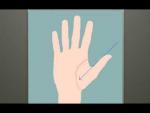

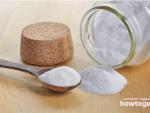


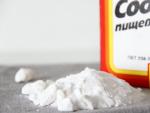
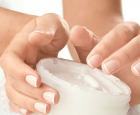 Nail care
Nail care Prom hairstyle for long hair
Prom hairstyle for long hair 18 wonderful New Year cards that even a child can make
18 wonderful New Year cards that even a child can make The best set of exercises for morning exercises
The best set of exercises for morning exercises